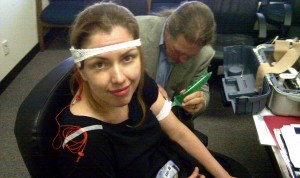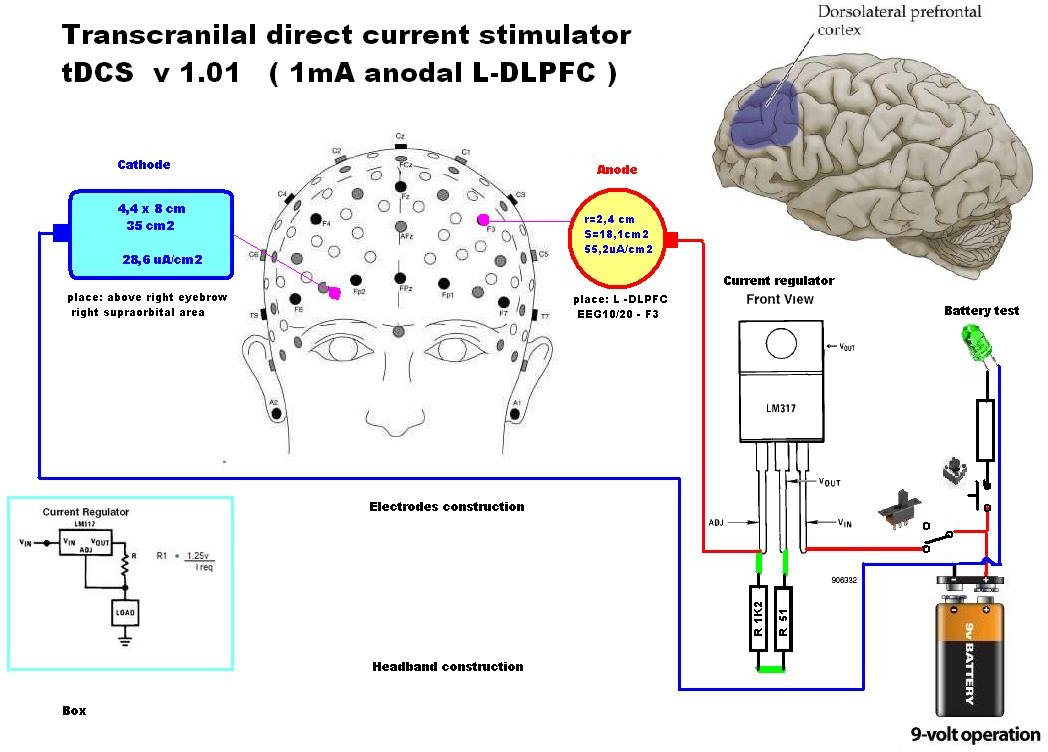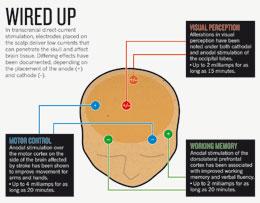Full text pdf available at the PNAS.org site (link below).
Transcranial direct-current stimulation tDCS is a noninvasive brain stimulation technique that has been successfully applied for modulation of cortical excitability. tDCS is capable of inducing changes in neuronal membrane potentials in a polarity-dependent manner. When tDCS is of sufficient length, synaptically driven after-effects are induced. The mechanisms underlying these after-effects are largely unknown, and there is a compelling need for animal models to test the immediate effects and after-effects induced by tDCS in different cortical areas and evaluate the implications in complex cerebral processes. Here we show in behaving rabbits that tDCS applied over the somatosensory cortex modulates cortical processes consequent to localized stimulation of the whisker pad or of the corresponding area of the ventroposterior medial VPM thalamic nucleus. With longer stimulation periods, poststimulation effects were observed in the somatosensory cortex only after cathodal tDCS. Consistent with the polarity-specific effects, the acquisition of classical eyeblink conditioning was potentiated or depressed by the simultaneous application of anodal or cathodal tDCS, respectively, when stimulation of the whisker pad was used as conditioned stimulus, suggesting that tDCS modulates the sensory perception process necessary for associative learning.










